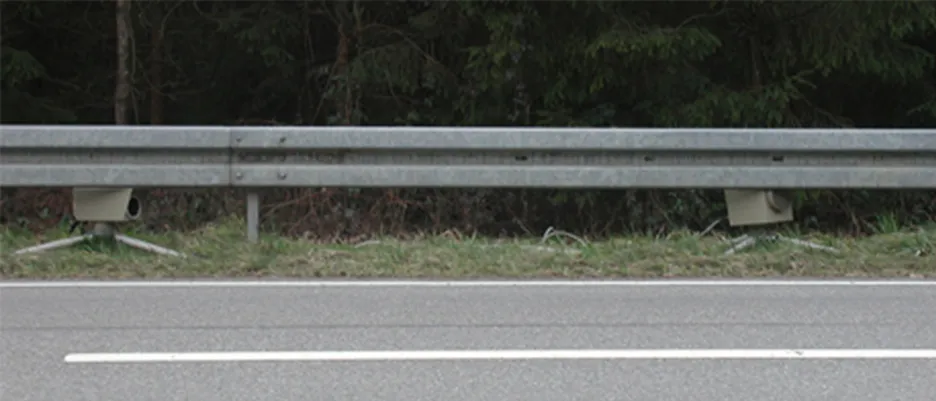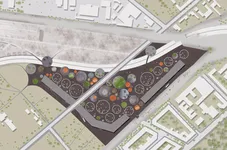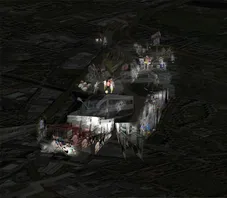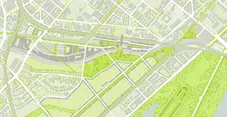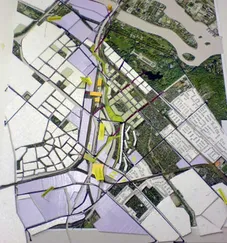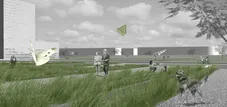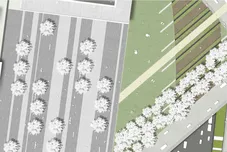Public Space A100
Master Project + Bachelor Thesis, Winter Semester 2009/10
Topic
The controversial expansion of the Berlin city highway A100 in section 16 from Neukölln to Treptow provides the thematic framework for addressing the quality of public spaces within the purview of major transportation infrastructures. The planning procedures accompanying such significant interventions in the urban and landscape context reveal that extensive and well-founded deliberations regarding the functional advantages and disadvantages of new transportation infrastructures take place, including landscape conservation planning, noise assessments, alignment variations, environmental impact assessments, and more. However, spatial-qualitative analyses and planning for these projects are rarely undertaken. For instance, in the case of A100|16, within the framework of landscape conservation planning, an assessment of the consequences of the impact on the landscape often occurs only in a very schematic and general manner, lacking an appropriate spatial-qualitative analysis and resulting designs aimed at preserving and further enhancing the landscape. This deficiency is even more pronounced when considering complementary qualitative spatial planning tools within the process, especially concerning public spaces. While the functionality of existing road networks is indeed preserved and sometimes expanded, the effects on the spatial qualities of public spaces are largely disregarded.
Task
The aim of the master project is to spatially and qualitatively analyze the consequences of the intervention in the urban fabric, with a special focus on public spaces, using the example of section 16 of the A100 in Berlin. In the course of this analysis, suitable analysis methods will be developed and existing ones adapted. These methods will complement the functionally oriented planning tools of previous procedures, with a focus on preserving and enhancing the qualities of public spaces. Based on the results of the analysis, a specific area will be selected for further design work, and a design program will be developed. The design should address the spatial and qualitative deficiencies identified in the analysis. However, beyond a problem-solving approach, the design should also aim to create unique aesthetic expressions for public spaces within the realm of large mobility infrastructures.
Performance requirements
The first step of the project involves analysis, with the goal of capturing the spatial and qualitative changes in the urban fabric resulting from the construction of the A100 in the project area. To achieve this, suitable analysis methods will be developed (the "Infrastructure Urbanism toolbox") and existing ones adapted to address the questions arising in connection with large transportation infrastructures and the qualities of public spaces. The analysis will be carried out collaboratively within the project group.
The design work will initially commence at a strategic level. Further development in the form of design plans and models will be done at scales of 1:500 or 1:200. The design work will be completed as an individual task.
Supervision
Prof. Regine Keller, Dipl.-Ing. Thomas Hauck , Dipl.-Ing. Mattias Roser
